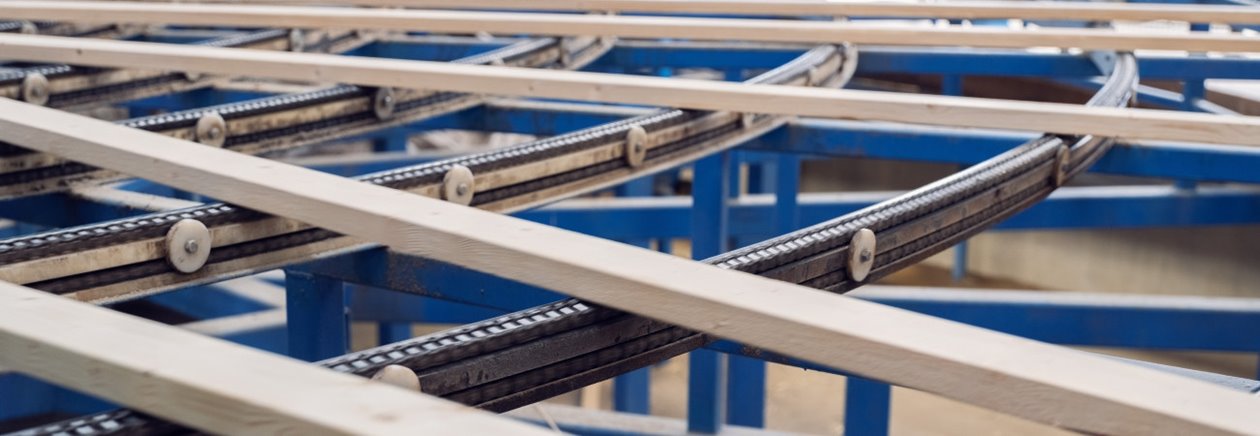US stokes timber market volatility

In a volatile global timber market, the US is in a particularly unpredictable phase, with tariffs threatening to have a significant impact on prices when they are applied, as planned, from early April.

The level of these tariffs and duties remains unclear but lumber and forest products look set to be included in the raft of tariffs to be imposed by the new administration. While tariffs of up to 25 percent have been mooted as a starting point, they are likely to be applied selectively, which adds to the uncertainty.
High tariffs on Canadian forest products would stimulate demand from European suppliers. What is certain is that the US needs to import wood to meet its domestic consumption needs for construction, and the new administration’s probable measures to stimulate the economy will only strengthen demand for imports.
Housing starts in the USA were already proceeding at an annualised rate of some 1.35 million units before the Trump administration took office, which is ahead of expectations. Timber frame is a dominant construction method in the US, and the country builds some of the biggest houses globally, which therefore consume a higher level of timber compared with Europe or Japan, for example.
The USA has an ongoing housing shortage, so demand will always be ready to take advantage of beneficial conditions for building, such as lower interest rates.
Southern yellow pine is well accepted as a construction material in the USA but spruce from Europe offers advantages: it is lighter to transport, easier to nail and drill, and of high quality, so it particularly appreciated in the market, although spruce is in a particularly tight supply situation in Northern Europe.
Show all content for topic
Subjects:
